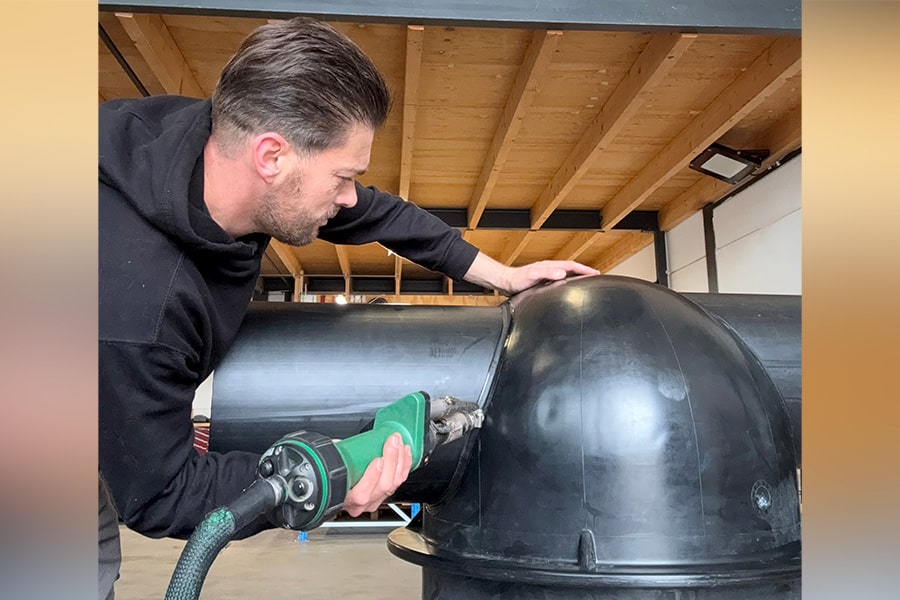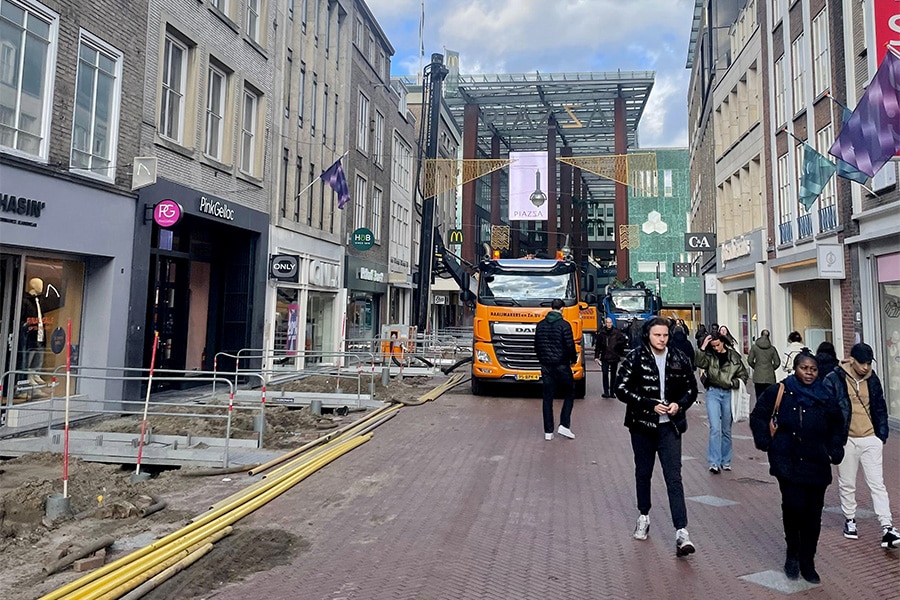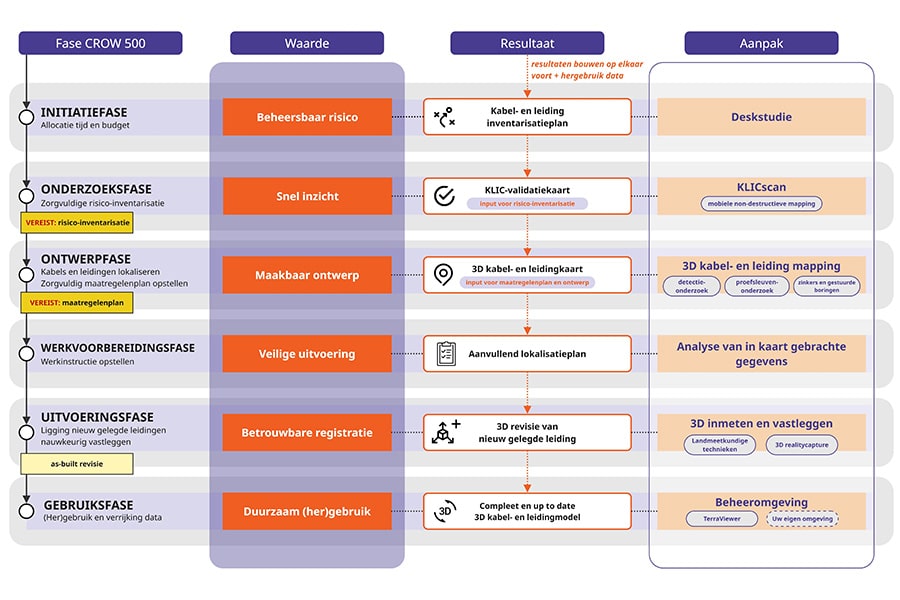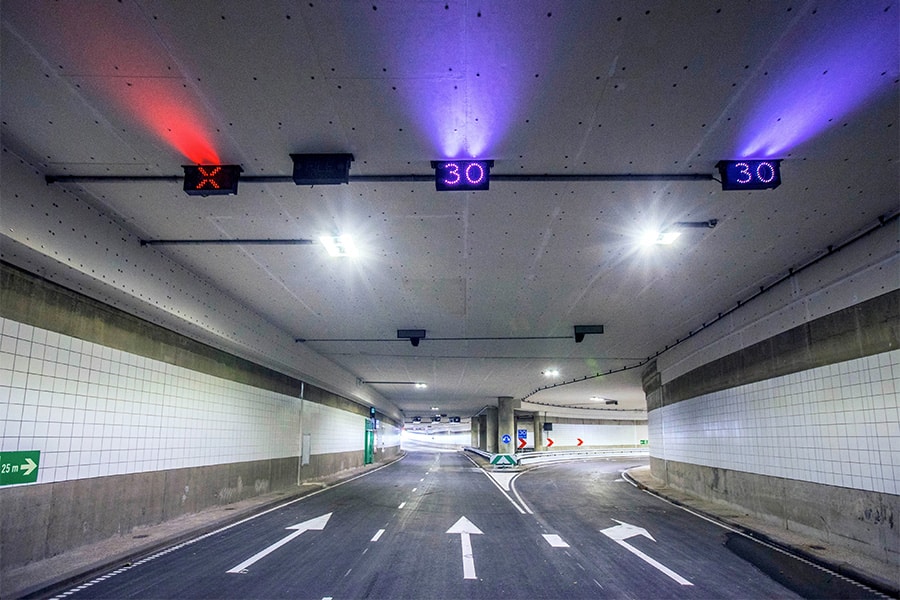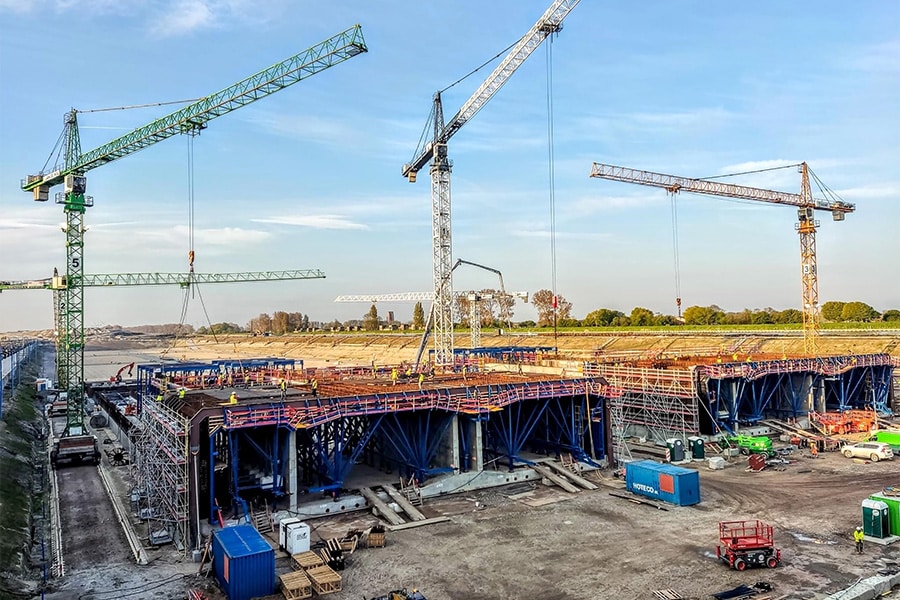
Sixteen zinc joint surrounds for Oosterweeltunnel from Oude-Tonge
The Oosterweel connection is one of the largest infrastructure projects in Belgium today. Part of the project is the construction of a zinc tunnel at the bottom of the river Scheldt. Specifically to supply the zinc joint edgings, construction consortium TM COTU engaged Dutch GS Birkhoff Staalwerken of Oude-Tonge. And the building consortium had good reason to do so....
GS Birkhoff Staalwerken is rightfully an expert in the production of zinc joint surrounds. "Several years ago, we also produced, delivered and assembled the zinc joint surrounds for the zinc tunnel on the A24 Blankenburg connection," says director Henk van den Ochtend. "Implementation there has since moved to the Oosterweel connection. They had good experiences with us and that is the reason we are now also allowed to make the zinc joint edgings for the Oosterweel tunnel. Sixteen pieces in total, and in quite a size."
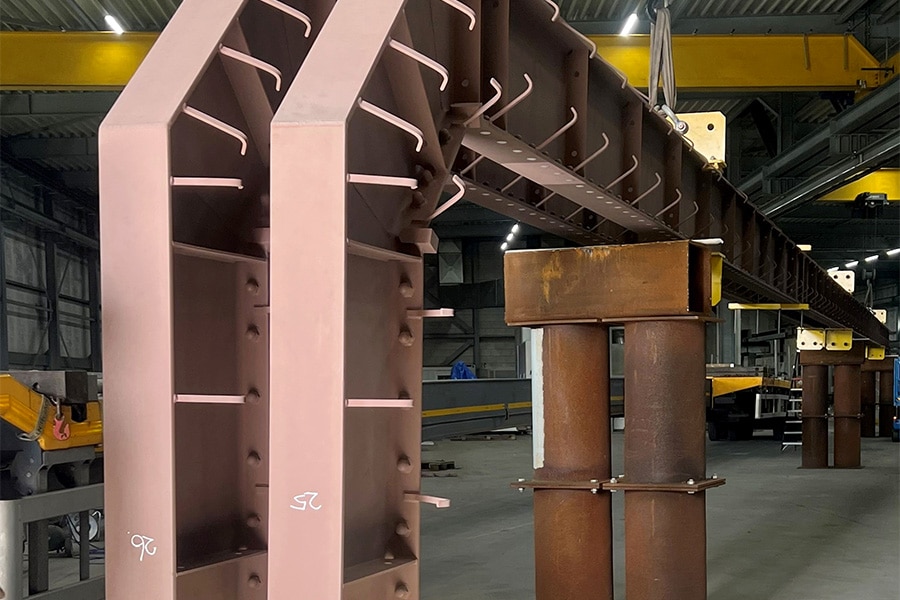
Framework in execution class 4
The zinc joint surrounds are basically a kind of framework made of IPE 600 steel profiles, Van den Ochtend explains. "Each framework is 40 meters long and 10 meters high and completely prefabricated under execution class 4 in our workshop. In doing so, we have strived to prepare each framework as far in advance as possible so that we have to weld as little as possible on site. An IPE profile is relatively slack over its length, so we took special measures to prevent it from buckling during transport towards the construction dock." And with success. Once it arrived at the construction dock in Zeebrugge, GS Birkhoff Staalwerken sized the profiles, welded the two vertical sections to them, then the upper section and then welded everything together. "Making a zinc joint surround is one of our specialties. The requirements imposed often make it more difficult than the work an sich," says Van den Ochtend.
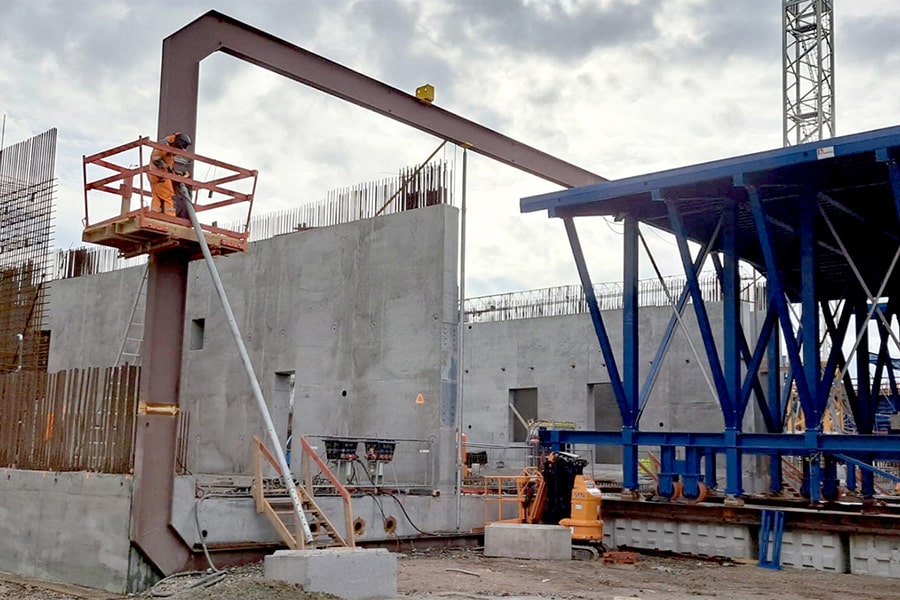
Omega and gina profile
The zinc joints form the interconnection between the concrete members of the zinc tunnel. "At the head end of each concrete element is a steel zinc joint border," says Van den Ochtend. "On one side, flat pressure plates are welded in and on the other side we have pressure plates fitted with clamping blocks on which the gina rubber profile is mounted. This provides an initial watertight seal between the two tunnel channels immediately after sinking." The final seal will only be installed from the inside at a later stage. In order to get into the immersed tunnel channels at all, GS Birkhoff Staalwerken supplied roof penetrations that were cast in with the tunnel channels. "Through these roof penetrations one can get into the tunnel channels after immersion and install the omega rubber profile from the inside. We supplied 3,000 clamping strips to be able to fix the omega profile on the inside.
put on the zinc joint edging. Then the headers can come out and the tunnel can be finished."
GS Birkhoff Steelworks has already completed the section on the Left Bank and at the time of writing is busy on the Right Bank welding the pressure plates into the final elements. The entire project is being carried out under execution class 4. The tunnel mouth on the Left Bank is ready for the sinking of the first element. This is scheduled to take place in July 2025.
